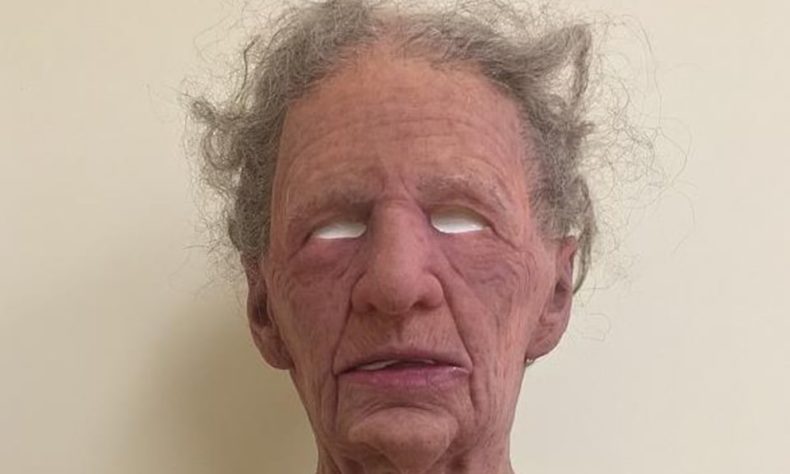
Silicone masks have become so realistic that they are more and more difficult to differentiate from real human heads, show the results of a British study.
In fact, these plastic masks imitate not only the face of a person, but also the whole of his head.
The authors of the Mission Impossible series have also incorporated this type of mask in most of their films.
The current generation of masks is so realistic that most people find it difficult to distinguish a fake face from a real one.
Rob Jenkins, York University
The smallest details, such as freckles, wrinkles, scars and hair, appear as real as those of humans.
So true that 20% of the participants in the work of Dr. Rob Jenkins of York University, who had been presented with two photographs (normal and masked face), were not able to know who was wearing a mask.
This error rate probably underestimates the extent to which people would have difficulty distinguishing an artificial face from a real one outside of a laboratory experiment.
Rob Jenkins, York University
“Our participants had several advantages over others. We made it clear to them that their task was to identify the mask in each pair of images, and we showed them examples of masks before the test started,” Dr. Jenkins explains.
Cultural difference
These psychology researchers have collected data from the United Kingdom and Japan to establish whether there are differences by race.
Their results show that when participants are asked to choose between photographs of faces of a race different from their own, response times are 5% longer, and their choices are less accurate.



PHOTO: YORK UNIVERSITY / PAUL SHIELDS
Crimes and Punishments
These synthetic faces represent a real threat to safety and crime prevention, according to the researchers, since they can lead to the incorrect identification of key characteristics of a person’s appearance.
For example, Dr. Jet Sanders explains that there are currently dozens of criminal cases in which the accused have pretended to be people of different ages, race or gender. A reality that obviously complicates the work of the investigators.
The psychologist gives the example of a recent case of a member of an international gang who used a hyperrealist mask to impersonate a French minister and thus defraud business leaders millions of dollars.
The inability to detect synthetic faces may have important implications in criminal cases, as hyperrealistic masks may misidentify the key features of a person’s appearance.
Dr. Jet Sanders
Currently, making such a mask costs just under $ 2,000, but experts believe that this amount could decrease in the coming years as manufacturing techniques become more precise.
The details of these works are published in the journal Cognitive Research: Principles and Implications.
Jennifer MacBride a graduate of Imperial College Business School. Jennifer is based in London but travels much of the year. Jennifer has written for BBC, Motherboard, Apple Insider, and the Huffington Post UK. Jennifer is a Tech reporter, focusing on technology, national security and social media.






